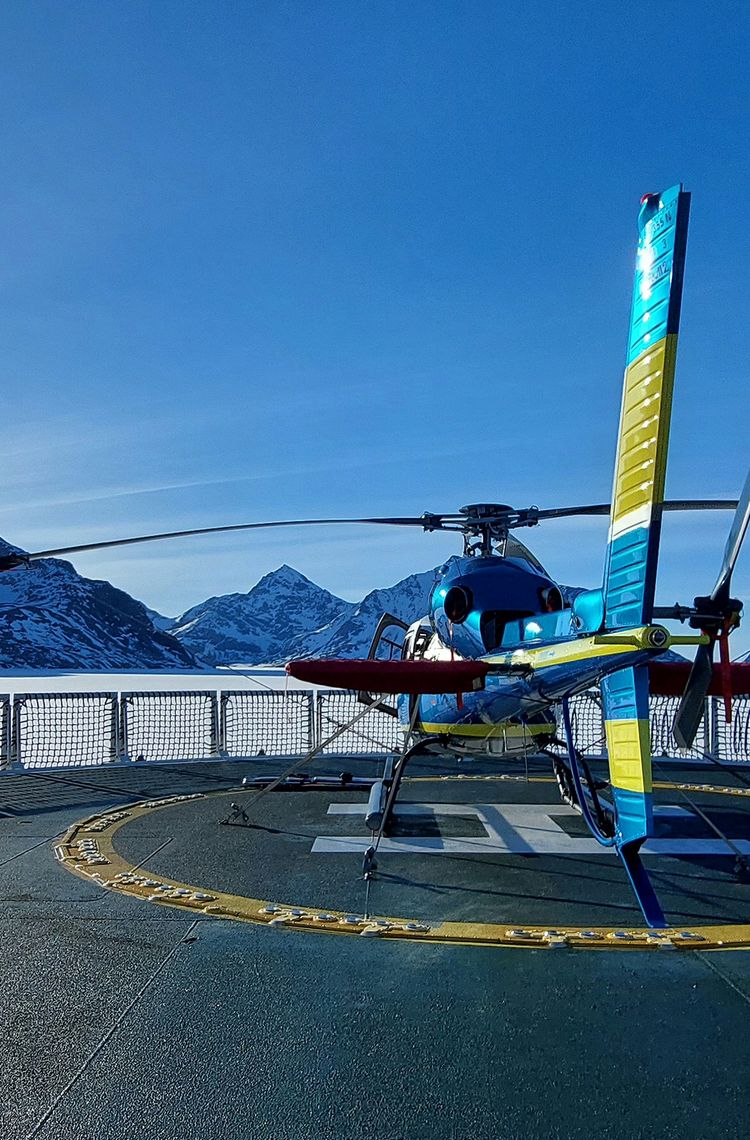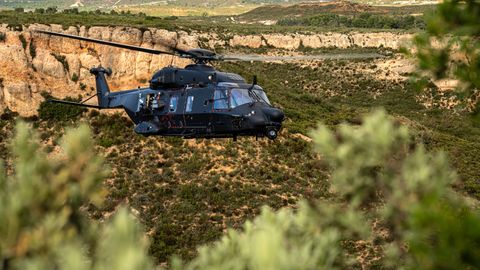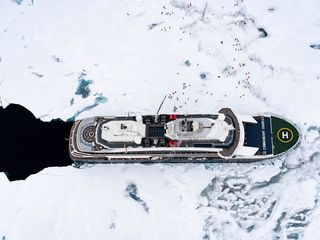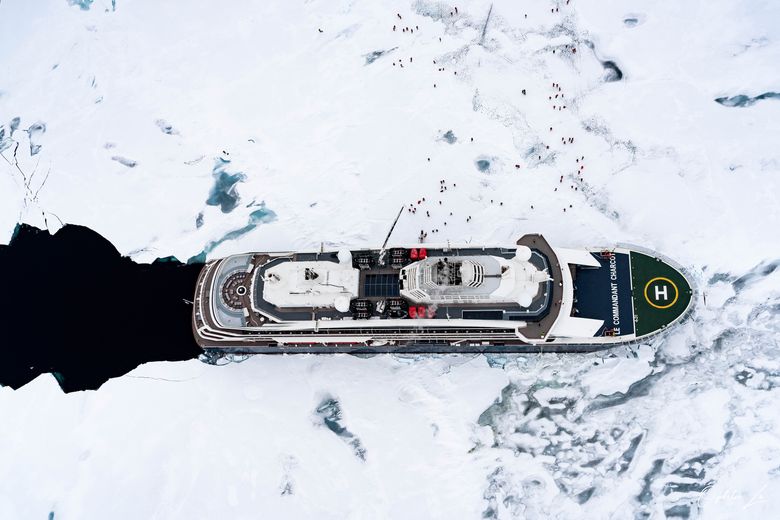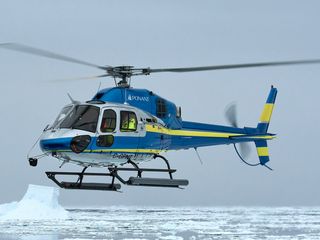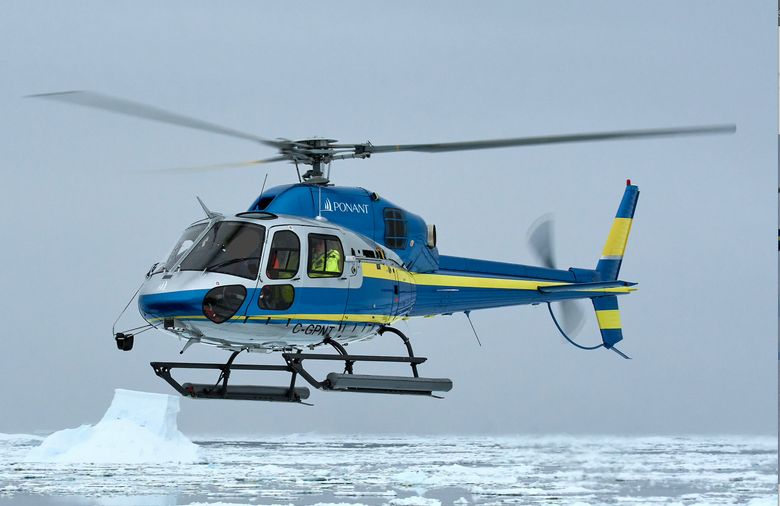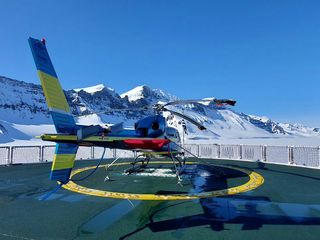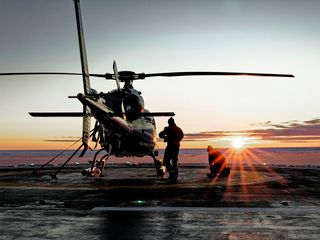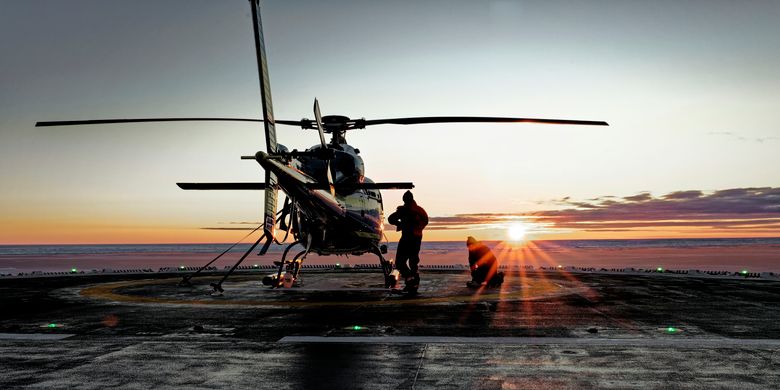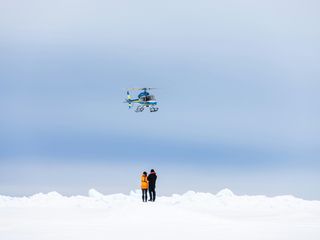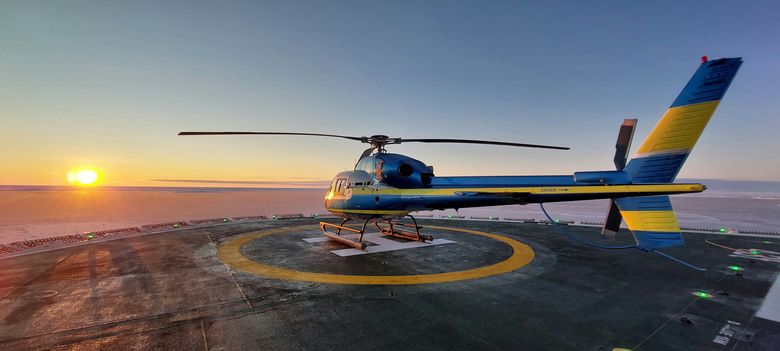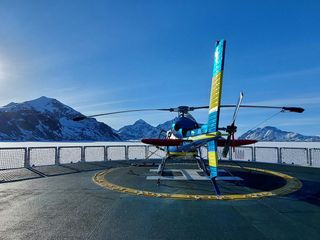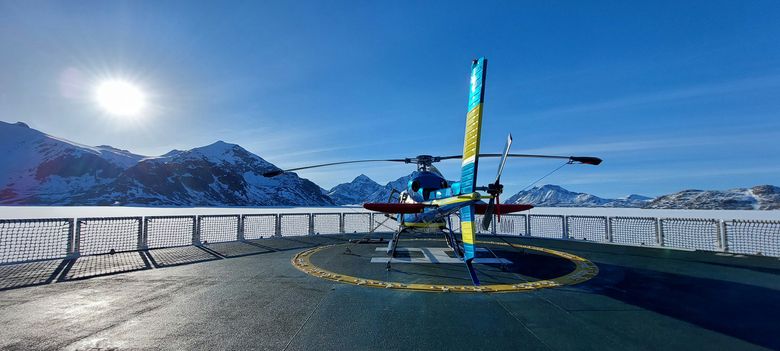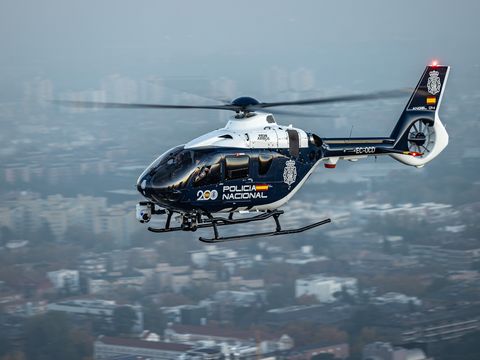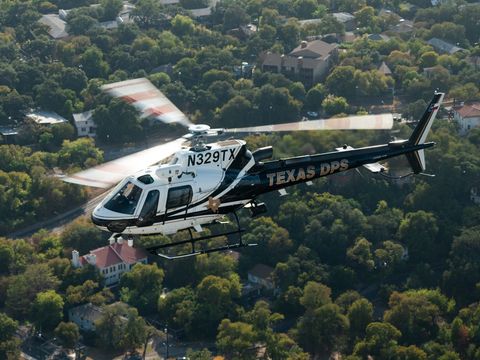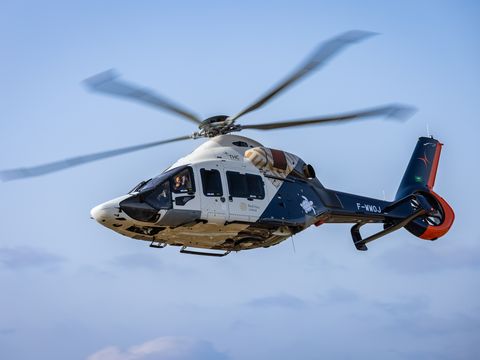Onboard Le Commandant Charcot, an imposing 150-metre icebreaker ship, cruise company Ponant has added an unexpected visitor to the guest list. Operated by SAS Pôle Air, Airbus’ H125 is becoming an invaluable partner on the ship’s journey around the Polar regions, acting as a workhorse for a variety of missions to support the crew in their tasks. Olivier Mabille, helicopter pilot for SAS Pôle Air, shares his insights on what makes the H125 a true pioneer on the ice.
As part of the expedition, the H125’s main mission is to ensure safe navigation in the ice for the Commandant Charcot. “Before the ship reaches new ice to break, the helicopter performs a reconnaissance mission to sound out whether it’s safe to progress on the planned itinerary,” says Olivier Mabille. The helicopter also serves for medical evacuations of passengers and crew members, from the ice towards the boat or from the latter to reach an airport or a land base. In addition to contributing to saving human lives, the H125 was recently mobilised as part of scientific missions to check the evolution of animal species in the region.
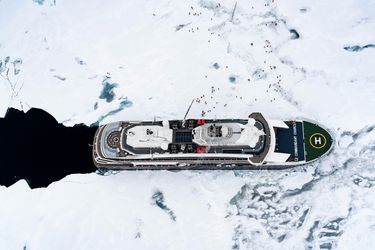
Mabille recounts an impressive example of this: “We usually receive international scientific teams on Le Commandant Charcot, who come to collect data in the Arctic and Antarctica. Some time ago, a team of scientists was trying to spot a colony of emperor penguins which needed to be updated from scientific surveys. With the help of the H125, we managed to track down the new location of this colony, which was actually doing quite well.”
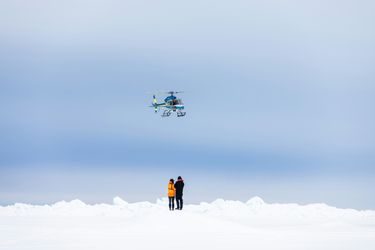
A singular way to team up
In addition to its demonstrated capabilities for essential missions, the H125 also provides an unrivalled advantage for the ship’s crew, thanks to its high degree of adaptability and agility. “It is a helicopter which is very reliable and very powerful and has strong assets, like an autopilot, a large glass cockpit navigation display and advanced means of communication,” explains Mabille. When navigating icy environments where weather conditions can easily become unpredictable and flight ceilings are limited to protect natural surroundings, the H125 also benefits from the most modern equipment to ensure the highest levels of safety. Mabille explains: “The H125 is ideally suited for polar missions. We operate at very low temperatures in a saline environment, and we regularly have to land on the ice or in the mountains. It is the perfect tool for us, and we are very happy and proud to be able to operate this rotorcraft in these latitudes.”
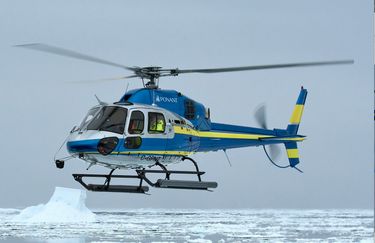
A testament to the added value of the helicopter for polar missions, Mabille just took delivery of a new H125. “This rotorcraft will leave for Stockholm, where the ship will make a stopover, and from there on, we will journey towards the Arctic to start operations in Greenland around April. It’s a really exciting step to start preparing for new adventures with the H125.”
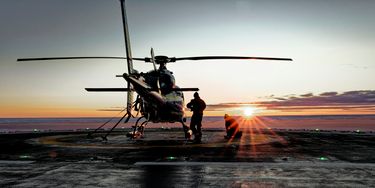
From the three poles onward
When looking back on his most striking flights with the helicopter, Mabille has difficulty actually picking one. “We’ve had so many opportunities to fly over exceptional landscapes, particularly in Greenland, under a magnificent sun with the Inuit populations in dog sleds, hunting or fishing under the helicopter. In Antarctica, we saw Tabular icebergs the size of certain French departments, and we even flew over the Erebus volcano.” But amongst recent memorable experiences he took part in, Mabille shares the story of three flights that took the crew over three different poles in five days. The crew first passed the geographic North Pole, when leaving Alaska (US) to reach Svalbard, an archipelago located to the north of Norway. Two days later, the H125 then made its way toward the magnetic pole, which gathers the Earth’s magnetic field. “And that’s when the H125 made a true first,” highlights Mabille. “The day after, reaching the pole of inaccessibility: the point in the Arctic Ocean that is the furthest from any land. That is a truly extraordinary event in the life of a pilot, and the H125 was definitely up to the task.”
Hear Olivier Mabille recount his incredible wildlife discovery with the Airbus H125:
